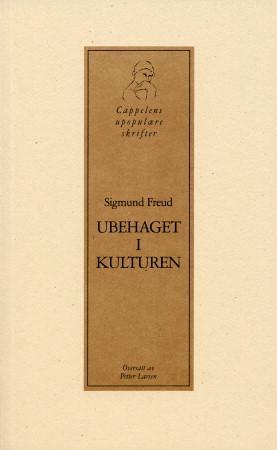
Landscape and Infrastructure av Margaret Birney (University of Massachussetts Amherst USA) Vickery
349,-
<i>Landscape and Infrastructure</i> examines the relationships between landscape painting and landscape design from the 17th century to the present, and contemporary infrastructure projects around the globe. These seemingly disparate subjects are united by a shared concern for the pastoral middle ground; a traditionally productive landscape. By focusing an art-historical lens on pre-industrial productive systems and the effects of the Industrial Revolution on the pastoral landscape tradition, we can gain a better understanding of how to weave new approaches to productive infrastructure systems (such as power generation, water filtration and food production) into our contemporary landscapes. With rising demand for clean energy, clean water, and locally-grown food, this study offers a historical perspective on how such systems can be integrated into our suburban and urban areas. Vestigial elements of the pastoral tradition have long held aesthetic sway in our suburbs, cities and national








